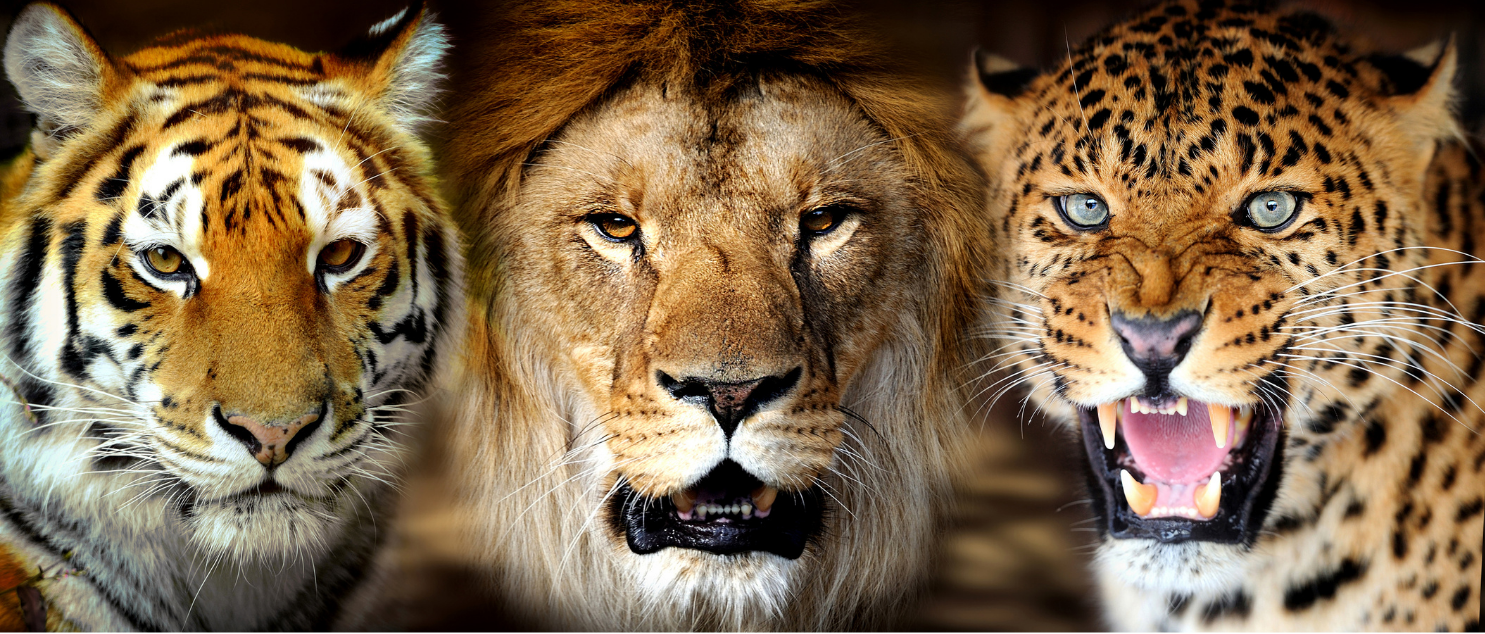
What are Big Cats?
Big cats are large, wild felines known for their strength, agility, and key role in ecosystems. This group includes lions, tigers, leopards, jaguars, cheetahs, and cougars, with most belonging to the Panthera genus. Many big cat species face threats like habitat loss and poaching, making conservation efforts crucial.
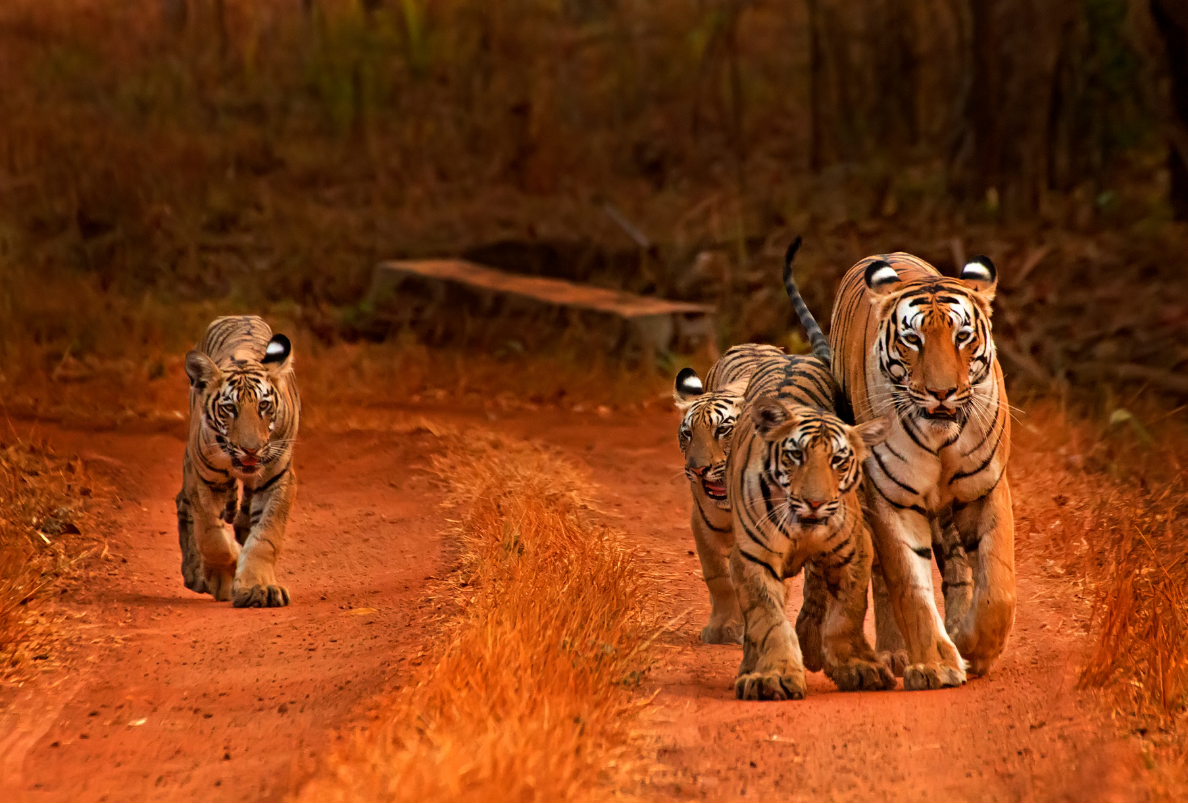
Tiger
Tigers are the largest of all big cats, known for their strength and striking orange coats with black stripes. They have six recognized subspecies, including the Bengal tiger, Siberian tiger, and Sumatran tiger, each facing unique conservation challenges.
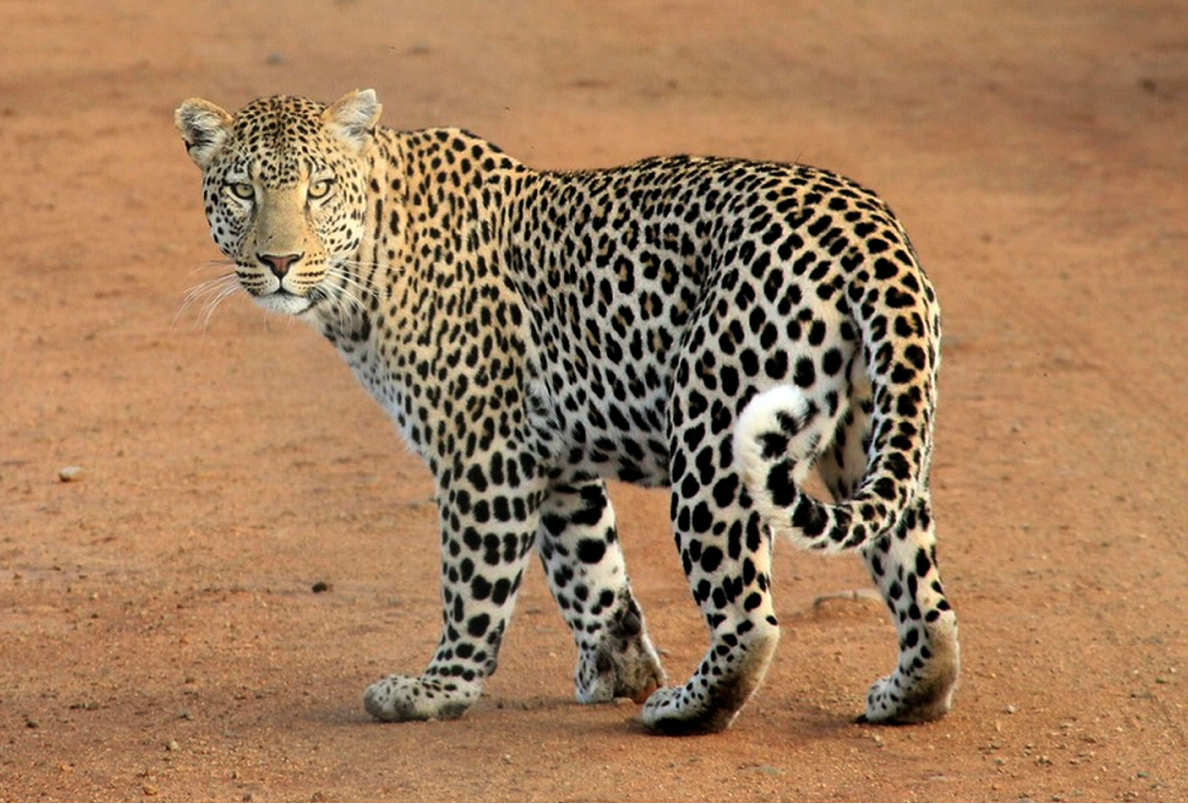
Leopard
Leopards are powerful, adaptable big cats known for their spotted coats and stealthy hunting abilities. They have nine subspecies, including the African leopard, Indian leopard, and the endangered Amur leopard, each facing different threats in their respective habitats.
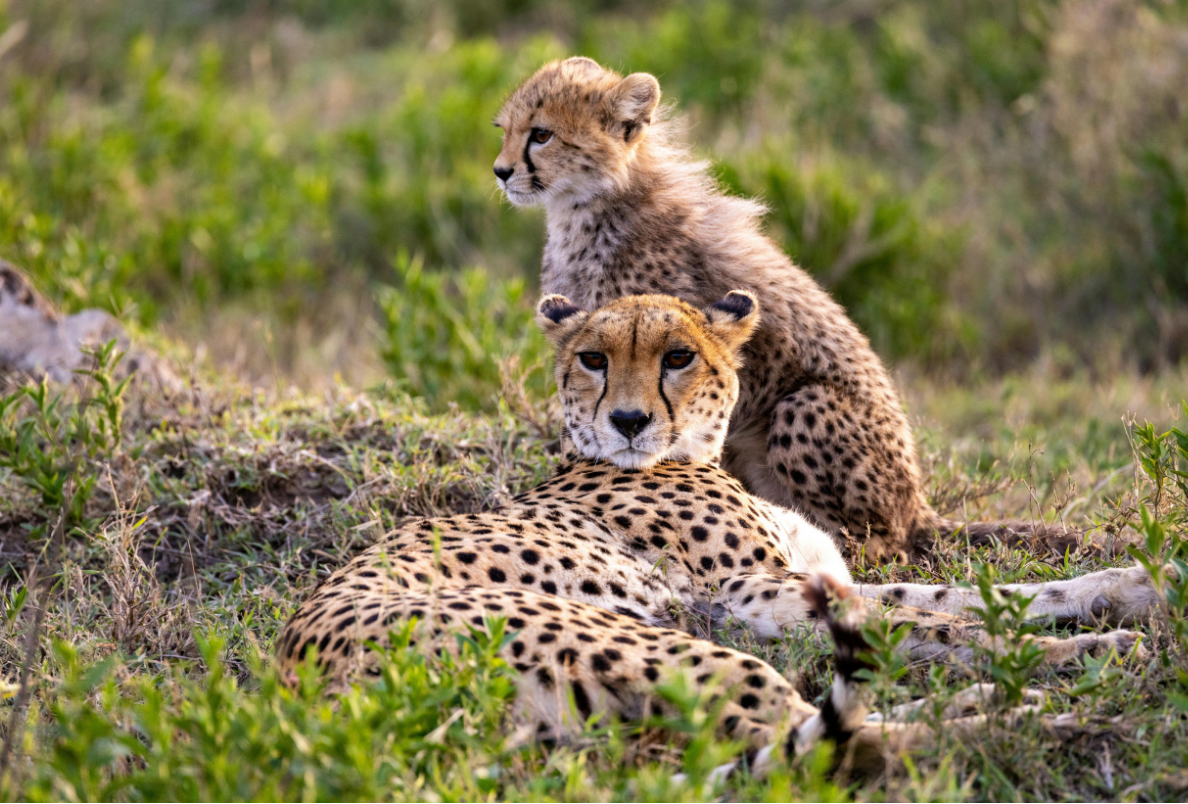
Cheetah
Cheetahs are the fastest land animals, renowned for their incredible speed and slender build. They have two main subspecies, the African cheetah and the Asiatic cheetah, with the latter critically endangered and found only in small populations in Iran.
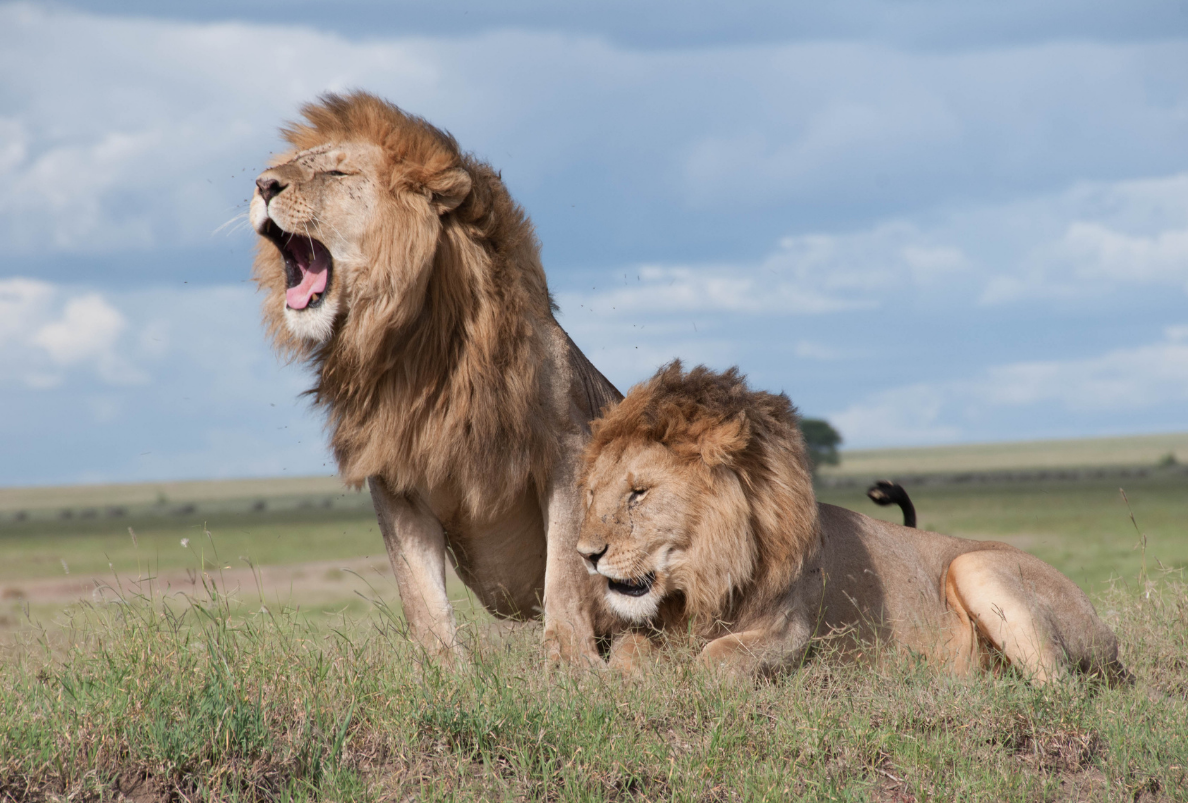
Lion
Lions are iconic big cats, known for their majestic manes and social behavior, often living in prides. They have two subspecies: the African lion, found in sub-Saharan Africa, and the Asiatic lion, which is critically endangered and found only in India’s Gir Forest.
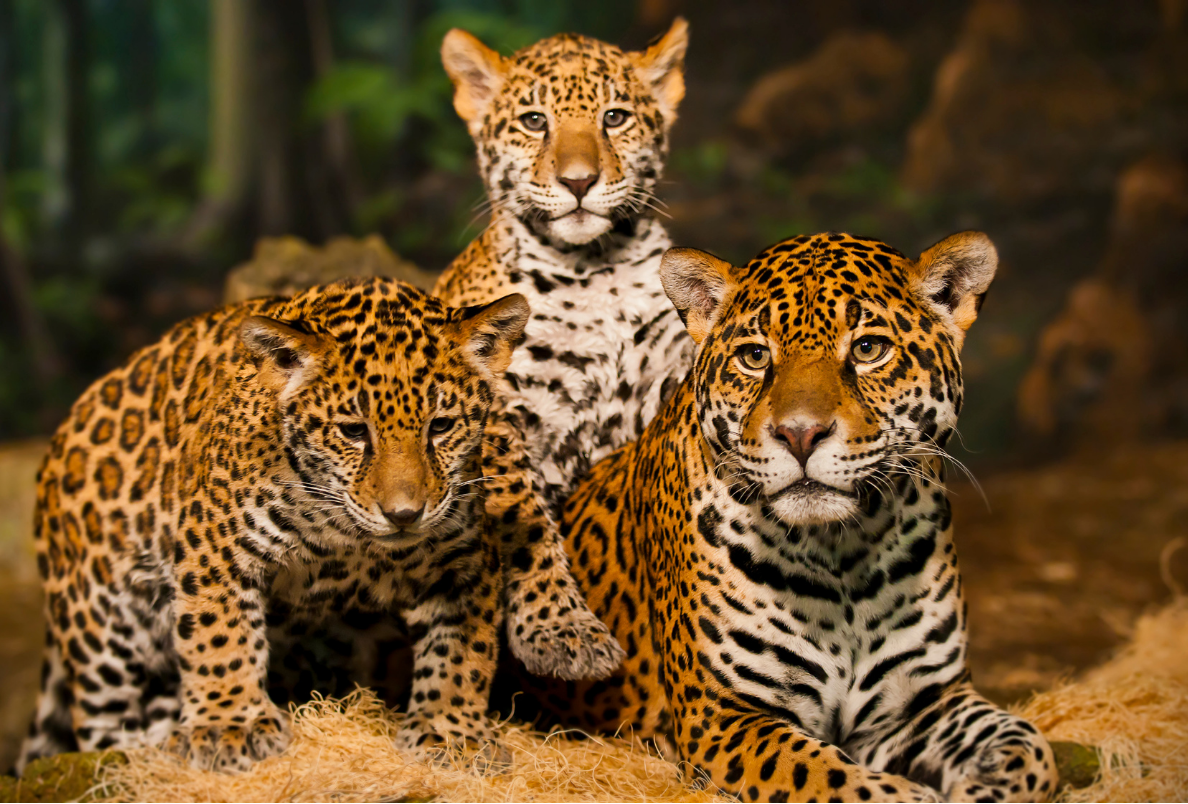
Jaguar
Jaguars are the largest big cats in the Americas, known for their strength and distinctive spots. They have two subspecies: the South American jaguar and the rarer North American jaguar, found in parts of the U.S. and Mexico.
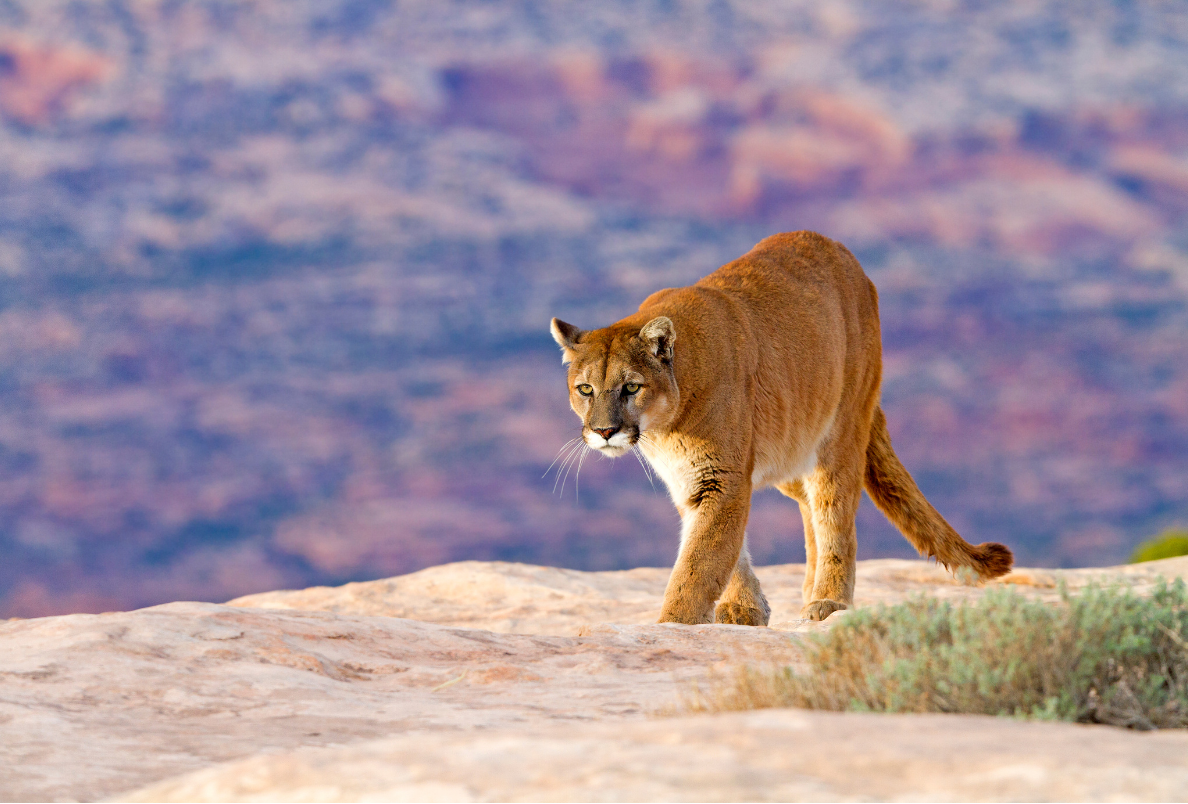
Cougar (Puma)
Cougars, also known as mountain lions, are versatile big cats native to the Americas. They have several subspecies, with the Florida panther being the most well-known and critically endangered.